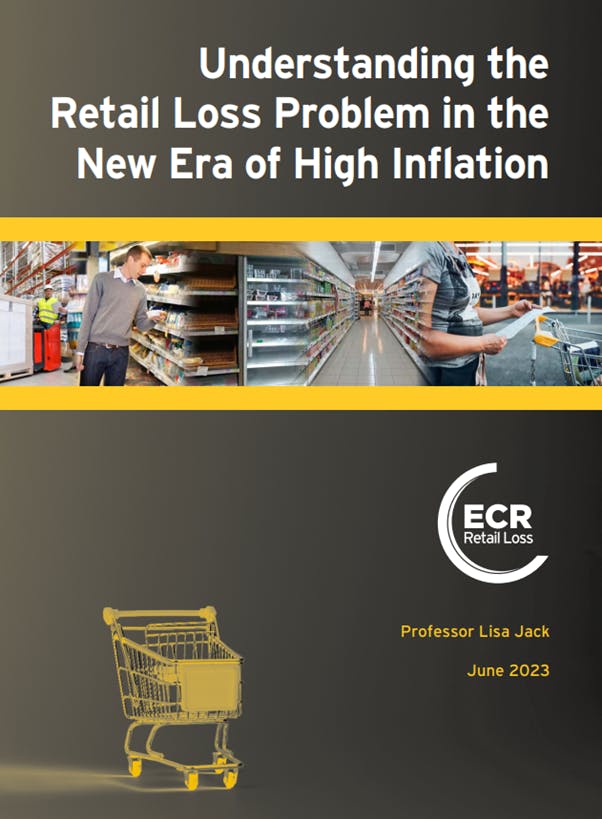
Is Shrink Increasing Because of Growing Inflation?
We are living in a new era of high inflation, stores are now having to change retail price labels more frequently than in recent times, with the retail value of losses climbing, leading to the research question, does inflation increase shrink?
To answer that question, and explore how retailers could account for inflation when it comes to losses over time, when costs and prices are fluctuating, ECR Retail Loss commissioned Professor of Accounting, Lisa Jack from the University of Portsmouth, to provide answers to these questions.
The report (click to download) shows that there is no evidence to suggest that inflation is directly responsible for increases in retail loss. However, the report goes on to describe how inflation does have a significant impact on how losses are calculated.
The report concludes that
- The traditional retail loss percentage (RL%) is inadequate as a tool for management. And that any average will mask the true losses.
- Unknown loss over total sales in UNITS provides a more 'like for like’ comparison and meaningful measure of losses.
- A combination of unknown loss (Units)% and Unknown Loss Rate of Change% could usefully replace the RL%
The report questions whether RL% should be killed off as a metric, and if so how it should be replaced?
It also advocates for increased use of advanced technologies, such as RFID and data analytics, to better detect and prevent theft, fraud, and operational errors
“Inflation has risen to levels not seen in many countries for more than 40 years. At the same time, retailers have also been reporting considerable increases in their levels of retail loss,” says John Fonteijn, Chair of ECR Retail Loss.
“While there is no evidence to suggest inflation is directly responsible for increases in retail loss, the consequences of inflation in society more generally is likely to be having an impact on the scale of losses experienced by retailers.
The research has also highlighted the many challenges of measuring ‘loss’ in a retail environment and how different accounting practices can significantly influence the size of the number and the rate of change.
“For those with responsibility for loss prevention, and the financial teams that support their work, I highly recommend that you read this report, and reflect upon the relevance of the findings for your own business.”
To download the report, click below.
Aug 19, 2023
Main office
ECR Community a.s.b.l
Upcoming Meetings
Join Our Mailing List
Subscribe© 2023 ECR Retails Loss. All Rights Reserved|Privacy Policy
